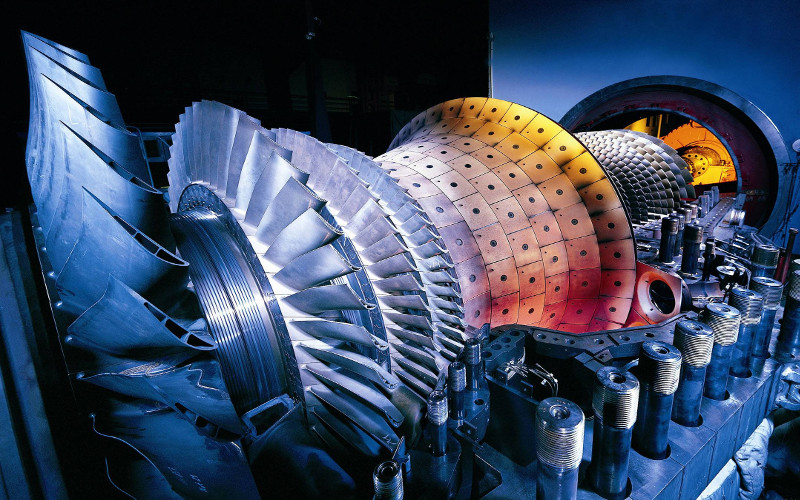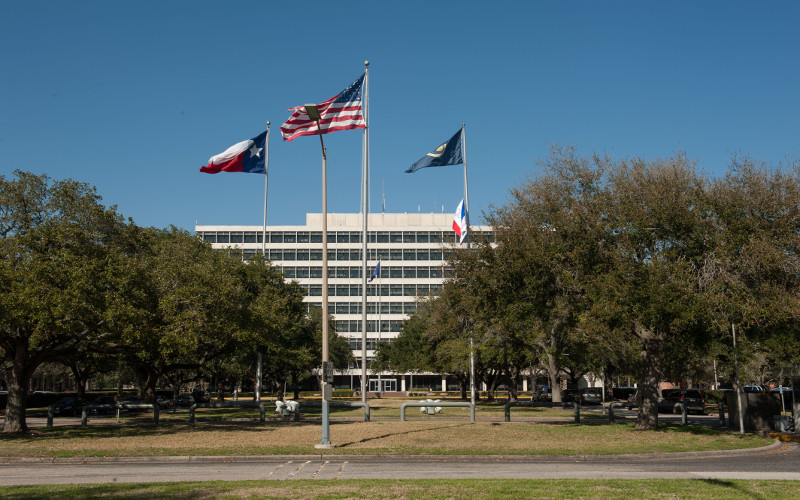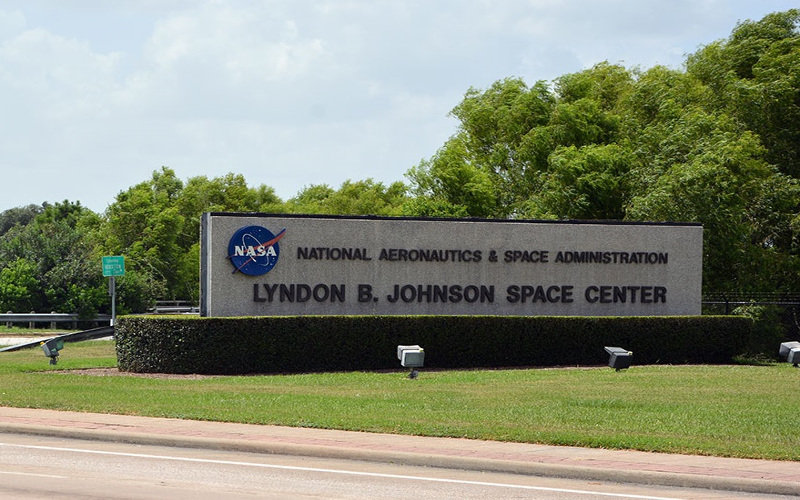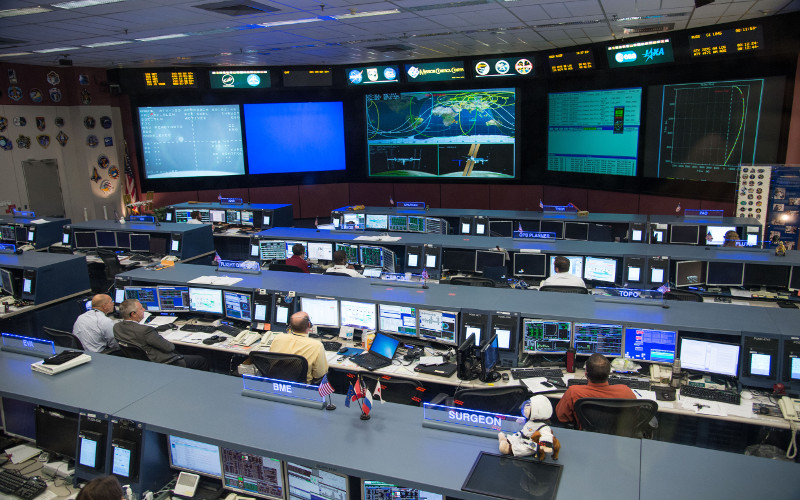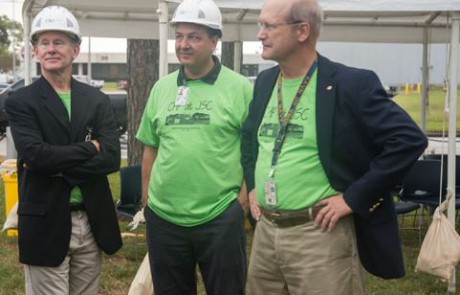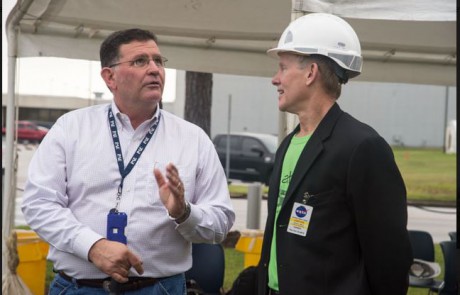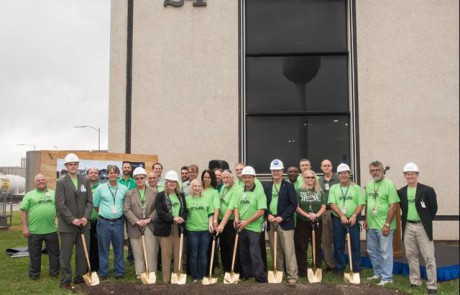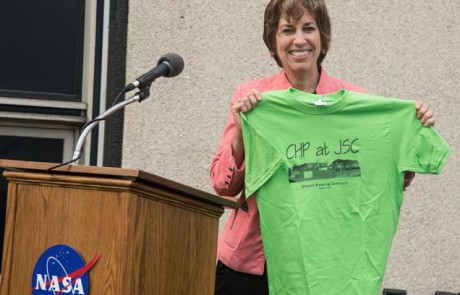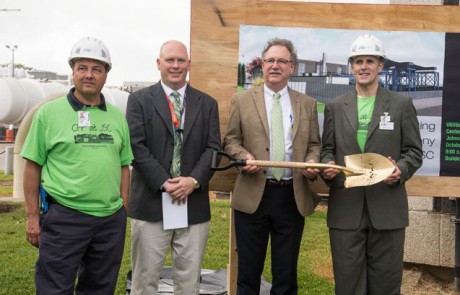Project Description
Project Name
NASA CHP Microgrid
Location
NASA Johnson Space Center, Houston Texas
Challenge
11.9 MW Islandable Microgrid
Description:
The NASA Lyndon B. Johnson Space Center (JSC) was originally constructed in 1963 and is home to the Mission Control Center for NASA’s U.S. Human Space Flight Program. The Center consists of 163 buildings totaling 3,718,091 square feet situated on 1,581 acres southeast of downtown Houston. Over 9,000 civil servants and government contractors serve critical functions such as Mission Control and NASA’s lead for the International Space Station, a U.S.-led collaborative effort involving 16 nations and the, most complex human facility to ever operate in space. Recently, NASA’s James Webb Space Telescope arrived at JSC where it will undergo final testing prior to launch in 2018. As JSC has become one of the government’s most critical facilities, energy surety has become an increasing factor in supporting mission requirements. Grid outages from severe weather occurrences and capacity constraints from transmission events each have increased the need for long-term islanding capabilities, power surety, and resiliency.
NASA JSC Historical Outage Events
2008
HURRICAN IKE
2011
SEVERE DROUGHT
2012
VEHICLE CRASH
Two of PowerSurety’s principals were responsible for driving and managing the development of a JSC campus-wide Energy Savings Performance Contracting-based (ESPC) combined heat and power (CHP) microgrid project over a multi-year period while under the employ of both Chevron USA Inc and Energy Systems Group, LLC. This direct participation in project development included integrating key JSC and Department of Energy (DOE) stakeholders, overseeing design, and actively participating in the competitive ESPC contractor selection process. Additionally, due to the size and complexity of the project, PowerSurety principals actively guided the project team through the project’s complex planning, development, design, engineering, economic and cost/pricing analysis, structured financing, and contract negotiation/award processes
The NASA CHP microgrid project is expected to be completed in the mid-year 2017 timeframe and will improve energy resiliency to support mission uptime and provide long-term islanding capabilities in the event of an extended grid outage. The CHP portion of the project uses natural gas to fire two 5.7 MW Caterpillar Solar Taurus T60 combustion turbines. Two 50,000 PPH Rentech Heat Recovery Steam Generators will utilize waste heat from the combustion process to generate steam, some of which will be directed through a 500 kW extraction turbine to further create electricity. Generation totals will be 11.9 MW for electricity and 100,000 lb/hr for steam. Two selective catalyst reactors (SCRs) will be installed to limit emissions. A key component of this project is to use the waste heat from the combustion turbines and maximize its use for chilled water production with the existing steam turbine chillers. Power output from the 11.9 MW CHP plant will be interconnected at two substations, both of which are primary components of the Center’s 12.47 kV distribution system. The Point of Interconnection will be at the system side of the NASA 138-kV ring bus disconnect switches located on the NASA Substation dead end structures for the Webster and Fairmont transmission lines located at 2101 NASA Pkwy, Houston, Harris County, Texas. Back-up electrical power will be automated through these same interconnects, ensuring seamless power to critical loads such as Mission Control.
NASA CHP Microgrid System Features
- 2 X 5.7 MW Combustion Turbines
- 1 X 500 kW Steam Turbine
- 100,000 PPH Steam Production
- Rentech Heat Recovery Steam Generators
- Selective Catalyst Reduction
- Economizers
- 20,000 TPY GHG Reduction
- Trigeneration Efficiencies
NASA CHP Microgrid Groundbreaking Ceremony
On October 22, 2015 Johnson Space Center played host for the ground-breaking ceremony for the new NASA microgrid. Joel Walker, JSC Director of Center Operations, stated during the presentations that the CHP project was important to critical on-going missions at JSC and that all other NASA centers were interested in the project and how it would help NASA meet its energy goals.


